Home>Gardening & Outdoor>Landscaping Ideas>What Is The Wide Blade Grass In My Lawn
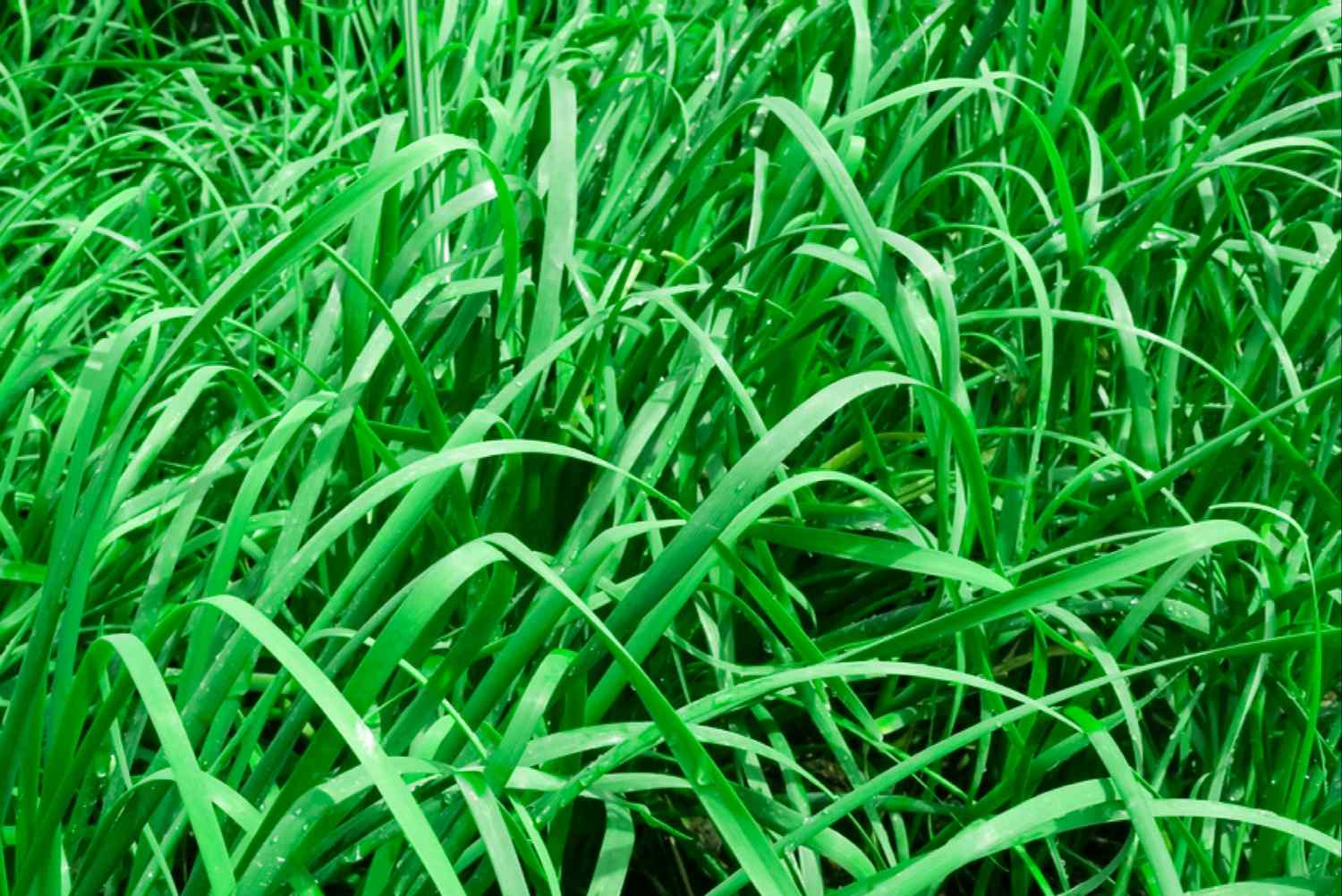

Landscaping Ideas
What Is The Wide Blade Grass In My Lawn
Published: January 27, 2024
Discover effective landscaping ideas to control wide blade grass in your lawn. Learn how to maintain a lush, uniform lawn with our expert tips.
(Many of the links in this article redirect to a specific reviewed product. Your purchase of these products through affiliate links helps to generate commission for Storables.com, at no extra cost. Learn more)
**
Introduction
**
When it comes to maintaining a lush, green lawn, many homeowners encounter the challenge of dealing with wide-blade grass. This type of grass can disrupt the uniform appearance of a lawn, standing out due to its distinct characteristics. Understanding the nature of wide-blade grass, its causes, and effective control methods is crucial for preserving the beauty and health of your lawn. In this comprehensive guide, we will delve into the intricacies of wide-blade grass, empowering you with the knowledge to identify, address, and prevent its unwelcome presence in your outdoor space. Whether you're a seasoned gardening enthusiast or a novice homeowner looking to elevate the aesthetics of your lawn, this article will equip you with valuable insights to conquer the challenge of wide-blade grass.
Key Takeaways:
- Wide blade grass, like crabgrass and quackgrass, disrupts the uniform look of a lawn due to its distinct appearance and rapid growth. Identifying and controlling it through proper lawn care and selective herbicides is crucial for a healthy, vibrant lawn.
- Factors such as soil conditions, inadequate lawn care, and environmental stress contribute to the presence of wide blade grass. Implementing regular mowing, improved lawn care practices, and preventive measures can effectively manage and prevent its spread.
Read more: What Is The Thick-Bladed Grass In My Lawn
Identifying Wide Blade Grass
Wide blade grass, also known as broadleaf grass, can be easily distinguished from other grass varieties due to its distinctive characteristics. Unlike narrow-blade grasses such as Bermuda grass or fescue, wide blade grasses have a broader leaf structure, giving them a visibly different appearance within the lawn. Common examples of wide blade grasses include crabgrass, dallisgrass, and quackgrass, each exhibiting unique features that set them apart.
One of the primary methods for identifying wide blade grass is through visual inspection. Broadleaf grasses typically have wider leaves with prominent veins, creating a noticeable contrast when compared to finer-blade grass species. Additionally, the growth pattern of wide blade grasses may differ, often appearing coarser and more robust in texture.
Another key characteristic of wide blade grass is its growth habit. Unlike desirable grass species that contribute to a uniform and well-manicured lawn, wide blade grasses tend to stand out due to their rapid growth and invasive nature. This can result in patches or clumps of wide blade grass disrupting the overall aesthetic appeal of the lawn.
Understanding the distinguishing features of wide blade grass is essential for effective lawn management. By being able to identify these grasses, homeowners can take targeted measures to address their presence and prevent them from overtaking the desired grass species, ultimately preserving the visual harmony and health of the lawn.
Causes of Wide Blade Grass in Lawns
The presence of wide blade grass in lawns can be attributed to various factors, ranging from environmental conditions to maintenance practices. Understanding these underlying causes is instrumental in devising an effective strategy to manage and prevent the proliferation of wide blade grasses.
1. Soil Conditions: Wide blade grasses often thrive in soils with specific characteristics, such as low fertility or acidic pH levels. These grasses may outcompete desirable turf species in suboptimal soil conditions, establishing themselves as dominant components of the lawn.
2. Inadequate Lawn Care: Neglecting proper lawn care practices, such as irregular mowing, insufficient watering, or inadequate fertilization, can create an environment conducive to the growth of wide blade grasses. Without consistent maintenance, these grasses can quickly spread and encroach upon the desired turf, leading to an imbalance in the lawn’s composition.
3. Seed Contamination: Wide blade grasses can infiltrate lawns through contaminated seed sources or the introduction of infested soil or plant material. This inadvertent introduction of wide blade grass seeds can result in their establishment within the lawn, posing a challenge to the integrity of the turf.
4. Environmental Stress: Environmental factors, such as extreme temperatures, drought, or excessive shade, can weaken desirable grass species while providing an opportunity for wide blade grasses to thrive. The resilience of many wide blade grasses enables them to endure adverse conditions, allowing them to expand and dominate areas where the desired turf may struggle to survive.
5. Invasive Nature: Certain wide blade grasses, such as invasive species or aggressive weeds, possess inherent traits that enable them to rapidly spread and outcompete other vegetation. Their vigorous growth and reproductive capabilities can lead to the encroachment of wide blade grasses in lawns, disrupting the balance of the turf ecosystem.
By recognizing the root causes of wide blade grass in lawns, homeowners can implement targeted measures to address these issues and restore the vitality of their turf. Proactive lawn management practices and a thorough understanding of the factors contributing to wide blade grass proliferation are essential for achieving a healthy and visually appealing lawn.
If you have wide blade grass in your lawn, it may be a type of grass called Zoysia or St. Augustine. These grasses are known for their wide blades and can thrive in warm climates. Proper maintenance and care can help keep them looking healthy and lush.
How to Control Wide Blade Grass
Effectively managing wide blade grass in lawns requires a strategic approach that encompasses targeted control methods and proactive lawn care practices. By implementing the following techniques, homeowners can mitigate the presence of wide blade grass and restore the dominance of desirable turf species within their lawn.
1. Proper Identification: The first step in controlling wide blade grass involves accurately identifying the specific type of grass present in the lawn. Different wide blade grasses may require tailored control methods, making precise identification crucial for devising an effective strategy.
2. Regular Mowing: Maintaining a consistent mowing schedule at the appropriate height for the desired turf species can help suppress the growth of wide blade grass. Regular mowing discourages the proliferation of wide blade grasses and promotes the vigor of the desired grass, contributing to a more uniform and healthy lawn.
3. Selective Herbicides: Utilizing selective herbicides designed to target wide blade grass while sparing desirable turf species can be an effective control method. These herbicides are formulated to address specific types of broadleaf grasses, offering a targeted approach to managing their presence in the lawn.
4. Improved Lawn Care Practices: Implementing proper lawn care practices, including adequate fertilization, watering, and soil management, can create an environment that favors the growth of desirable turf while inhibiting the spread of wide blade grasses. Maintaining optimal soil conditions and providing essential nutrients can fortify the turf against invasive grass species.
5. Manual Removal: In cases where wide blade grasses are localized or appear in isolated patches, manual removal can be employed as a control method. Carefully uprooting the wide blade grass and its roots can prevent further spread, particularly in areas where herbicide application may not be suitable.
6. Preventive Measures: Taking proactive steps to prevent the introduction and spread of wide blade grass is essential for long-term control. This may involve inspecting seed sources for contamination, practicing proper sanitation to avoid the inadvertent spread of grass seeds, and addressing any underlying soil or environmental factors that contribute to the proliferation of wide blade grasses.
By integrating these control methods into a comprehensive lawn management plan, homeowners can effectively combat the presence of wide blade grass and foster the growth of a vibrant, uniform turf. Consistency and attentiveness to the specific needs of the lawn are key to achieving long-term control and preserving the beauty of the outdoor landscape.
Conclusion
In the pursuit of a healthy and visually appealing lawn, the presence of wide blade grass can present a formidable challenge for homeowners. By understanding the distinct characteristics of wide blade grass, identifying its underlying causes, and implementing targeted control methods, individuals can reclaim the vitality and uniformity of their turf. Recognizing the impact of soil conditions, inadequate lawn care, seed contamination, environmental stress, and the invasive nature of certain grass species is pivotal in devising a proactive approach to managing wide blade grass.
Effective control measures, such as regular mowing, selective herbicide application, improved lawn care practices, manual removal, and preventive strategies, offer homeowners a comprehensive toolkit for addressing the presence of wide blade grass in their lawns. By integrating these methods into a cohesive lawn management plan, individuals can safeguard the dominance of desirable turf species while minimizing the encroachment of wide blade grasses.
Ultimately, the successful control of wide blade grass requires a combination of vigilance, tailored strategies, and a commitment to nurturing the overall health of the lawn. By prioritizing proper lawn care and leveraging targeted control methods, homeowners can cultivate a vibrant, lush lawn that exudes natural beauty and harmonious aesthetics.
Armed with the knowledge and techniques outlined in this guide, homeowners can confidently navigate the complexities of wide blade grass management, fostering an environment where the desired turf thrives and flourishes. With a proactive mindset and a dedication to attentive lawn care, the challenges posed by wide blade grass can be overcome, paving the way for a stunning and resilient outdoor landscape.
Frequently Asked Questions about What Is The Wide Blade Grass In My Lawn
Was this page helpful?
At Storables.com, we guarantee accurate and reliable information. Our content, validated by Expert Board Contributors, is crafted following stringent Editorial Policies. We're committed to providing you with well-researched, expert-backed insights for all your informational needs.

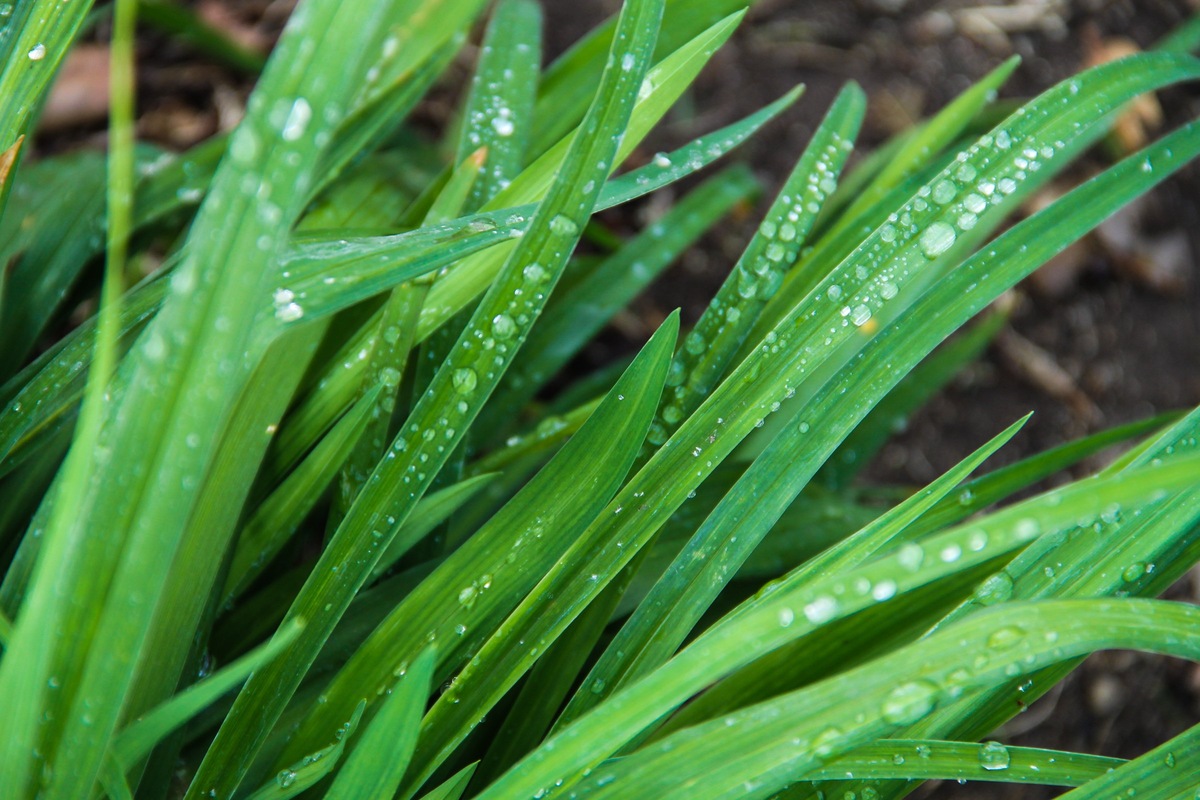







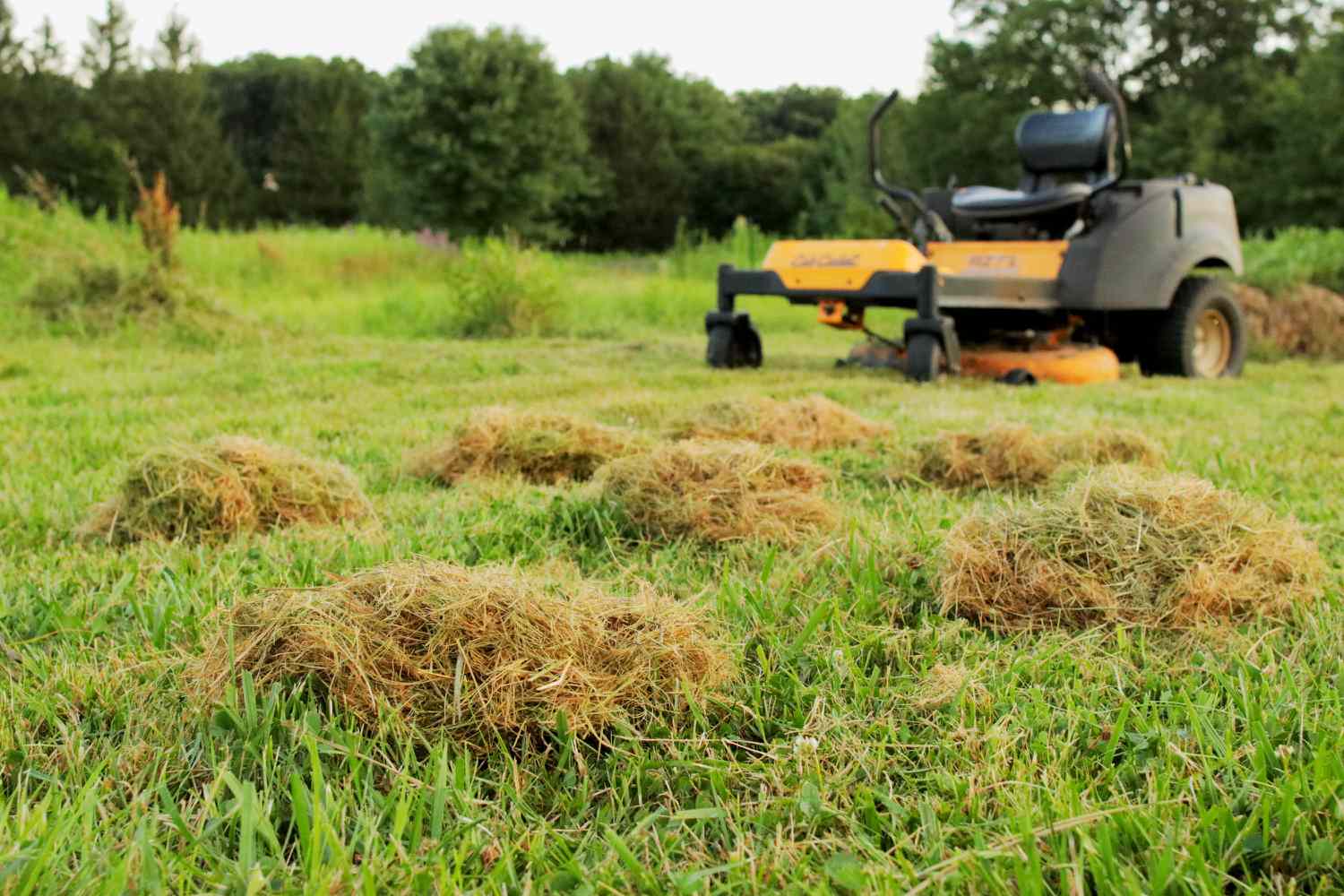
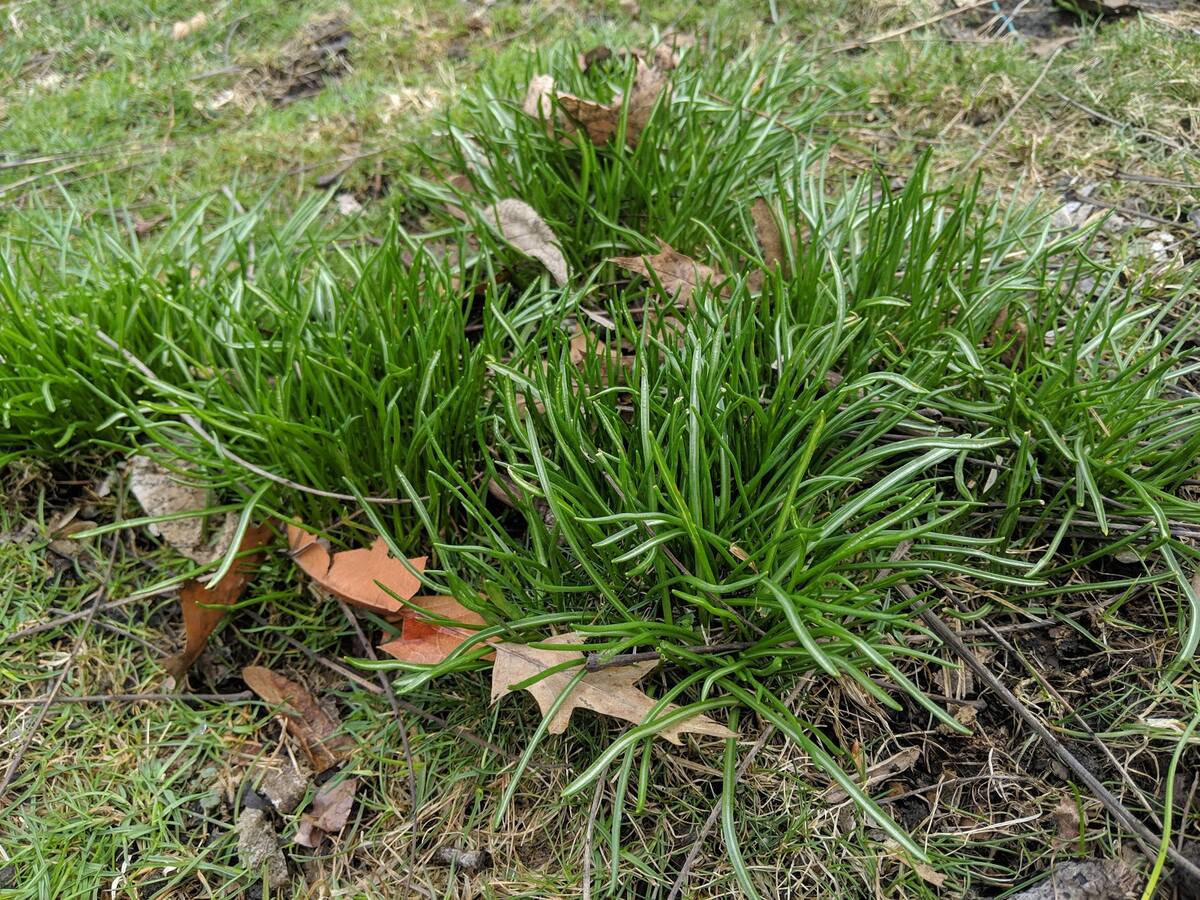

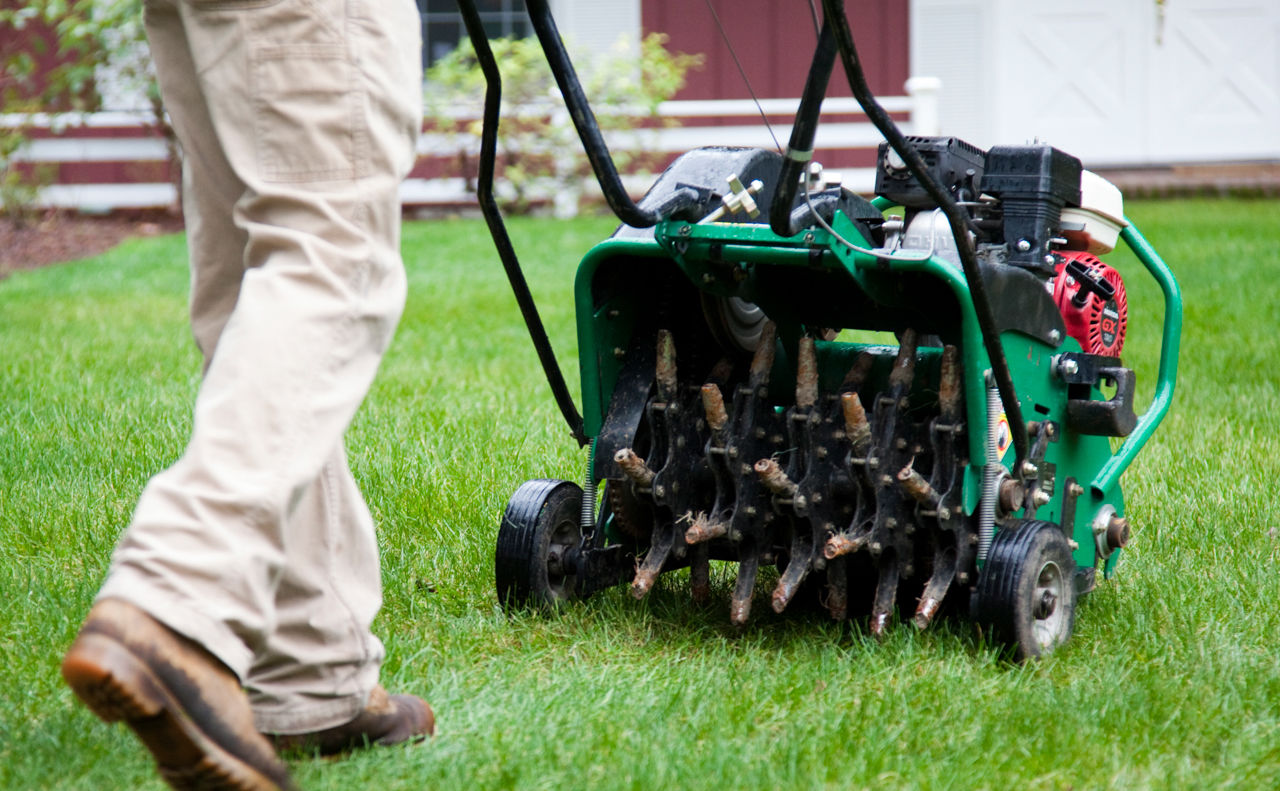
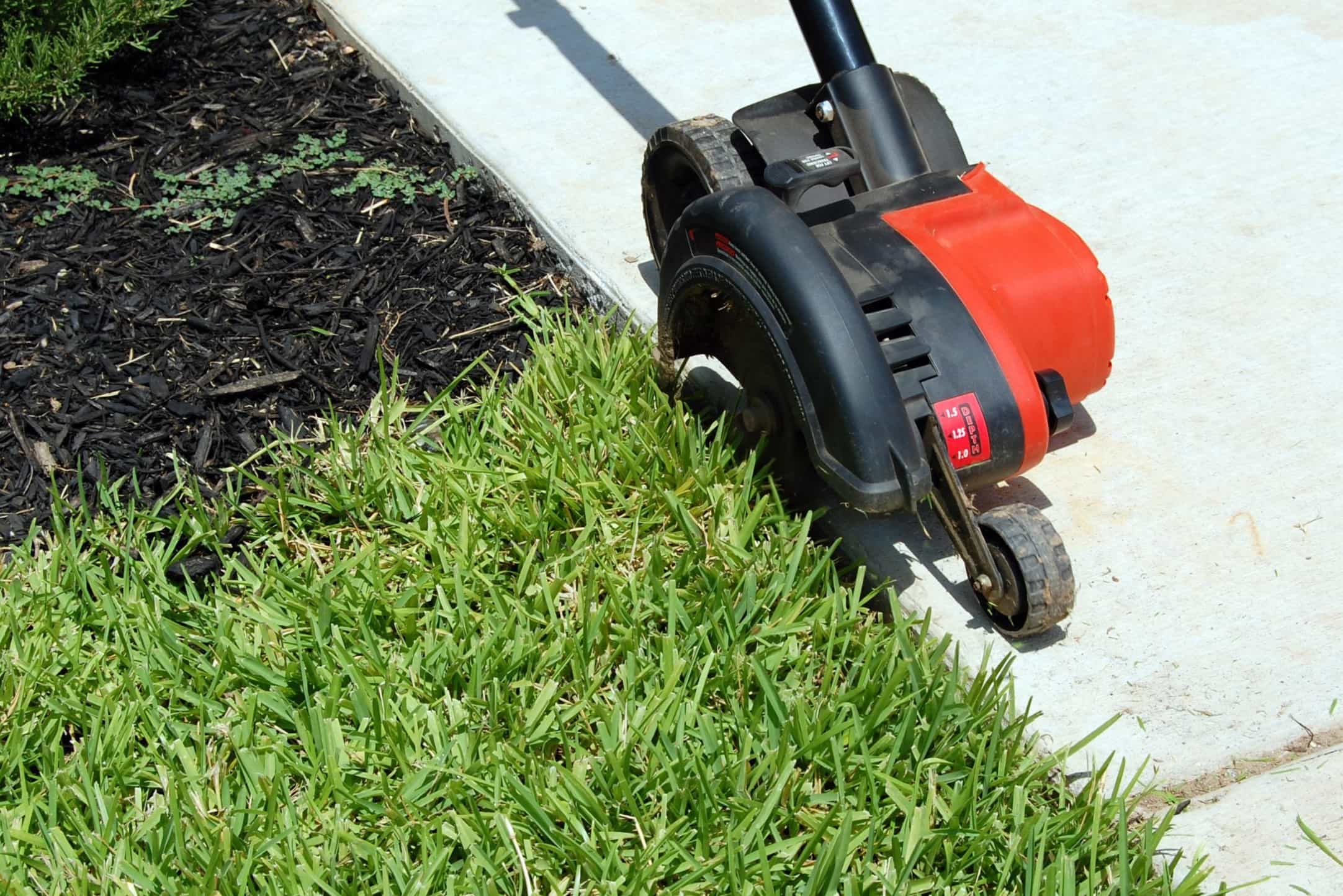


0 thoughts on “What Is The Wide Blade Grass In My Lawn”